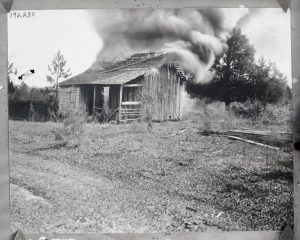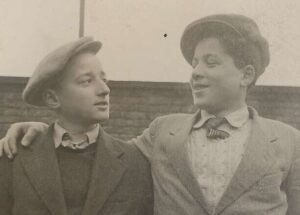The federal government is trying to catch up with a crisis of missing Native American women. But no one is addressing the problems that arise when they’re found.
By Jack Healy
Photographs by Adriana Zehbrauskas
- Dec. 25, 2019
GALLUP, N.M. — Prudence Jones had spent two years handing out “Missing” fliers and searching homeless camps and underpasses for her 28-year-old daughter when she got the call she had been praying for: Dani had been found. She was in a New Mexico jail, but she was alive.
It seemed like a happy ending to the story of one of thousands of Native American women and girls who are reported missing every year in what Indigenous activists call a long-ignored crisis. Strangers following Dani’s case on social media cheered the news this past July: “Wonderful!” “Thank you God!” “Finally, some good news.”
But as Ms. Jones visited Dani in jail, saw the fresh scars on her body and tried to comprehend the physical and spiritual toll of two years on the streets, her family, which is Navajo, started to grapple with a painful and lonely epilogue to its missing-persons saga.
“There’s nothing for what comes after,” said Ms. Jones, 48, who has five daughters. “How do you heal? How do you put your family back together? The one thing I’ve found is there’s no support.”
Indigenous activists say that generations of killings and disappearances have been disregarded by law enforcement and lost in bureaucratic gaps concerning which local or federal agencies should investigate.
There is not even a reliable count of how many Native women go missing or are killed each year. Researchers have found that women are often misclassified as Hispanic or Asian or other racial categories on missing-persons forms and that thousands have been left off a federal missing-persons database.
From state capitals to tribal councils to the White House, a grass-roots movement led by activists and victims’ families is casting a national spotlight on the disproportionately high rates of violence faced by Indigenous women and girls.
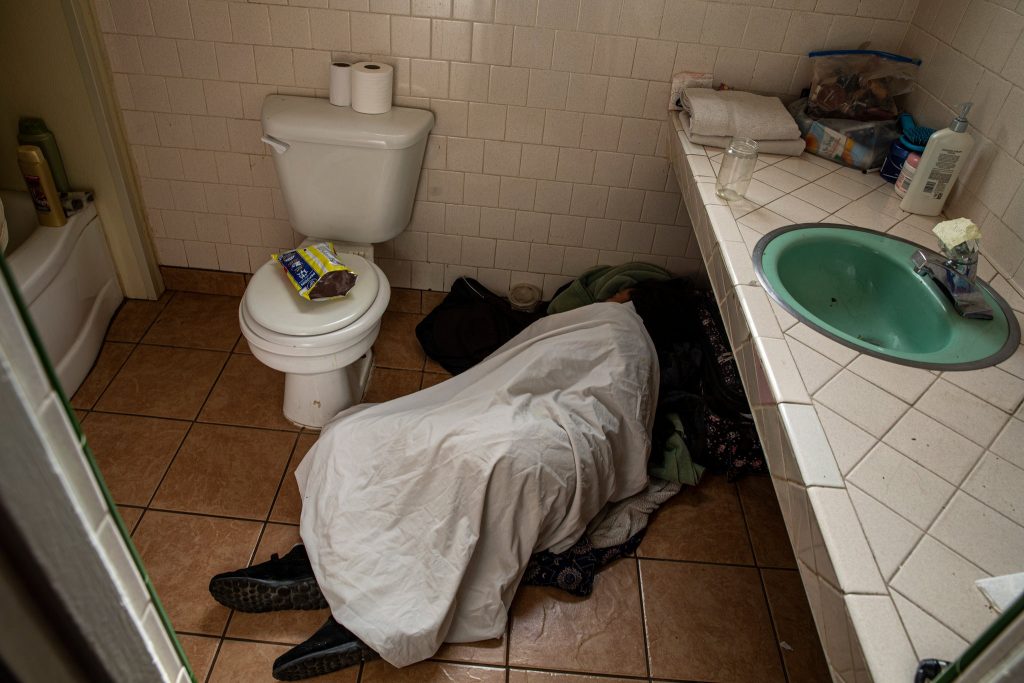
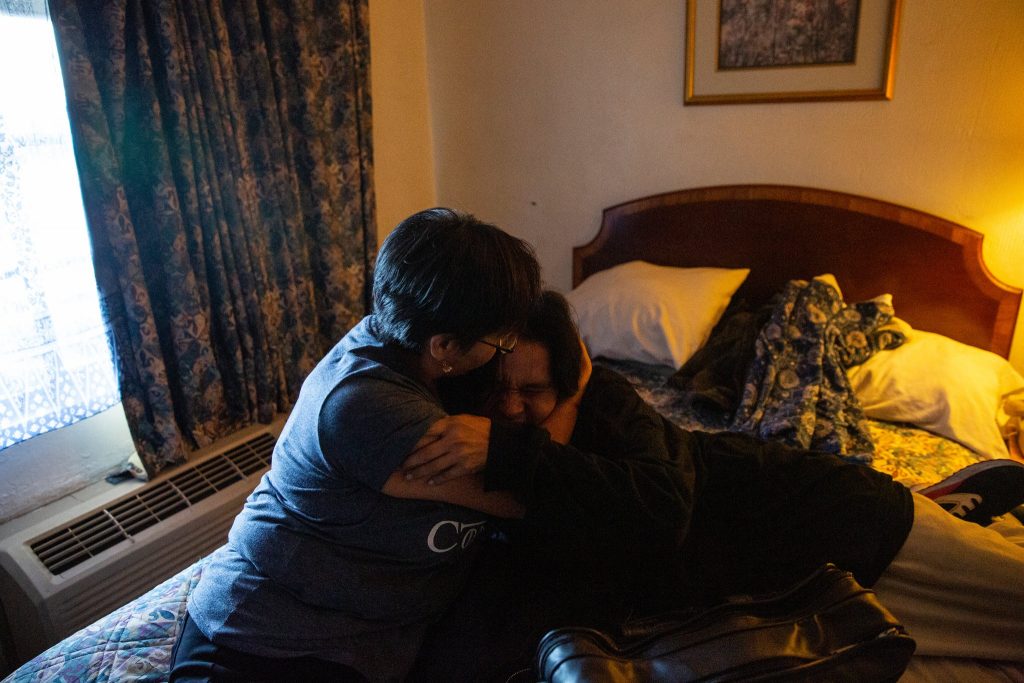
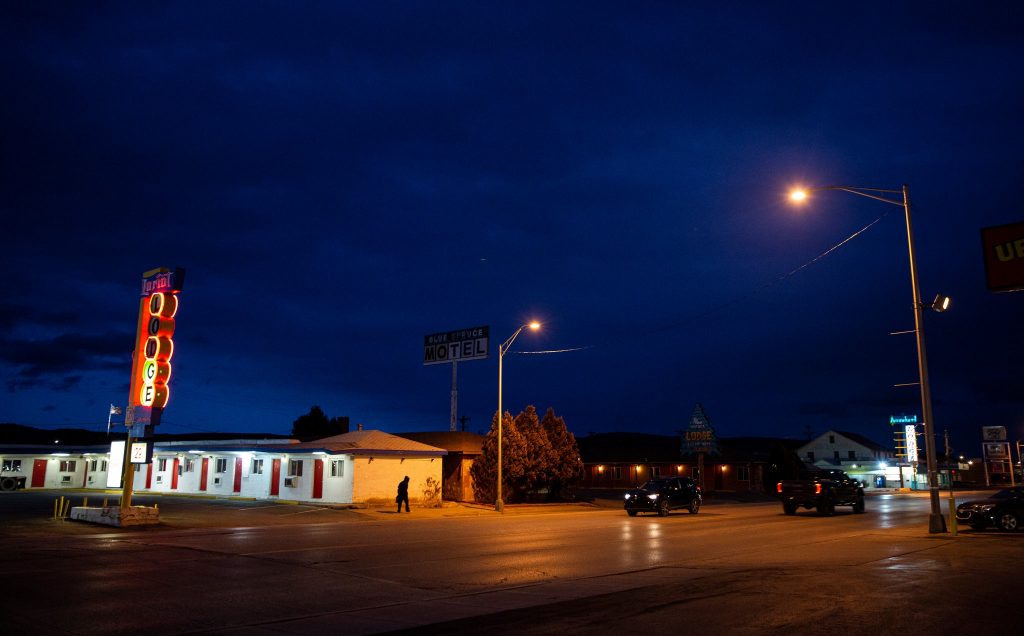
Several states, including New Mexico, have set up task forces. President Trump signed an executive order last month creating a task force to improve cooperation among Balkanized law enforcement agencies and address problems with basic data collection.
Some tribal officials praised the move, but other activists criticized it as a hollow, belated gesture that failed to include tribes or survivors in its membership, and would do nothing to give tribes more authority to prosecute sex traffickers or others who prey on women and girls. They said its focus on rural reservations has also overlooked the large numbers of Native people in cities who become targets of violence.
Tara Sweeney, assistant secretary for Indian Affairs in the Interior Department, said the task force had already met with survivors and Indigenous leaders in Arizona, Alaska, South Dakota and Washington State and was committed to including their voices in its recommendations.
“We need to do something,” she said.
But for all the official promises to help, families like Dani’s say they get little assistance in navigating a patchwork of tribal, state and federal law-enforcement agencies to find their missing relatives or heal their families if they are found.
“Nothing happens afterwards — that’s the scary thing,” said Annita Lucchesi, whose group, the Sovereign Bodies Institute, has tallied numbers of missing and murdered from a jumble of police reports, news clippings, family contacts and social media posts. “Maybe a victim advocate from their tribe might offer some assistance. But that’s a case-by-case basis.”
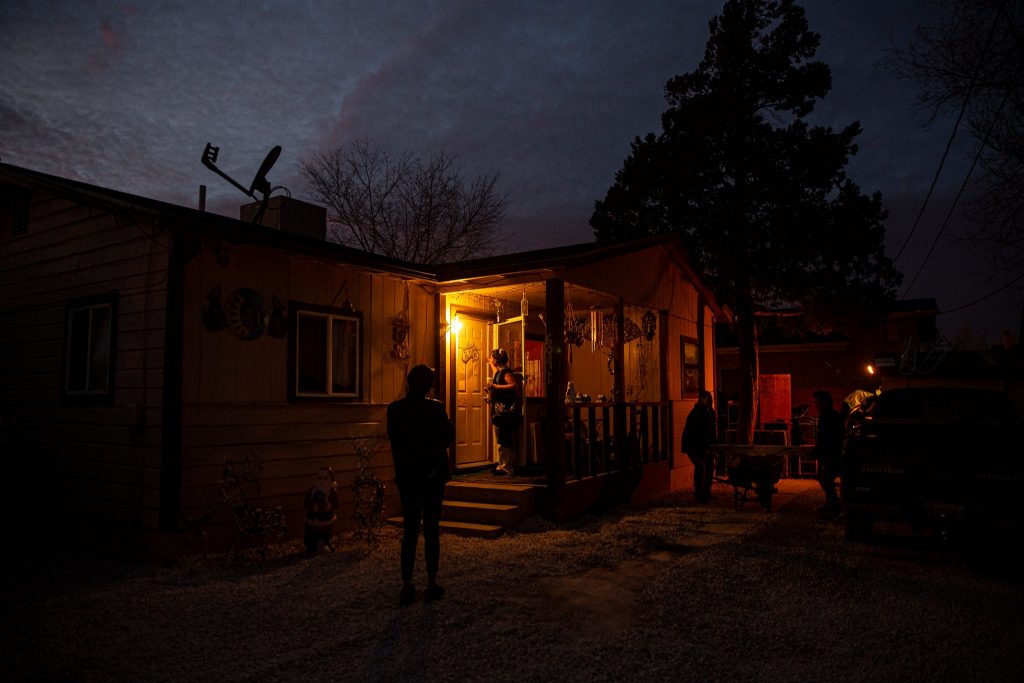
Dani arrived unannounced to visit her children, who are in their grandparents’ custody. She wasn’t let in. 
When Dani was missing, her family followed rumors of her to Las Vegas and Southern California.
Activists describe the crisis as a legacy of generations of government policies of forced removal, land seizures and violence inflicted on Indigenous people. Hundreds of the missing never return, and families said they have struggled to find counseling and treatment for those who do. Some are trying to cope with the trauma of being trafficked. Some are confronting addiction or grappling with violence they suffered on the streets. Some had fled abuse at home and do not have a safe place to welcome them back.
There are also authorities and counselors who have failed to screen located Navajo women and girls as victims of sex trafficking, said Amber Kanazbah Crotty, a Navajo Nation Council delegate who has been studying the issue.
On the Yakama reservation in Washington State, Larise Sohappy’s family spent three weeks looking for her after she went missing in August 2018. Ms. Sohappy, 36, said she had been “lost in my addiction” after being in an abusive relationship.
Her family rejoiced after relatives and tribal police found her, but Ms. Sohappy said she felt humiliated to suddenly be known as a Missing Person reading local newspaper articles about her family’s search. One day, she walked into a convenience store in Toppenish and saw her own “Missing” poster on the wall. But when she tried to enroll in a tribal substance-abuse clinic, she said, she was told there was a two-week wait.
“I kind of stopped trying,” Ms. Sohappy said.
She said her drinking got worse and she grew more despondent until one night in November, when she texted a suicide hotline as a last plea for help. This time, it worked. She is now in an outpatient treatment program in Portland, Ore., and taking classes in medical billing.
“While I was gone I felt like nobody loved me and nobody cared about me,” she said. “We’re overlooked as a people.”
A lack of support or follow-up from social workers or victims’ advocates makes it more likely that women and girls will go missing repeatedly. Some are written off as habitual runaways, activists said. In Washington State, Ms. Lucchesi has collected data showing that 83 percent of missing girls had been reported missing more than once.
“We see these kids going missing over and over again until eventually they don’t come back,” she said.
The crisis has turned families into search parties and parents into private detectives. They draw grids across rural reservations and fan out through chaparral and sagebrush. They crack into their children’s social media accounts to search for a telltale direct message.
Around the Navajo Nation, volunteer activists set up their own version of an Amber Alert to supplement the spotty official alert systems. They pin “Missing” posters to the bulletin boards of grocery stores.
They provide a live accounting of missing-persons cases. From January to October, 86 Navajo men and women have gone missing nationwide, said Meskee Yanabah Yatsayte, a missing-persons advocate for the Navajo Nation since 2013. She said 55 of them had been found safe, 21 were found dead and 10 were still missing.
Ms. Yatsayte said the focus on missing women and girls had also ignored a parallel crisis among men and boys, and she has urged tribal leaders and other government officials to widen their focus.
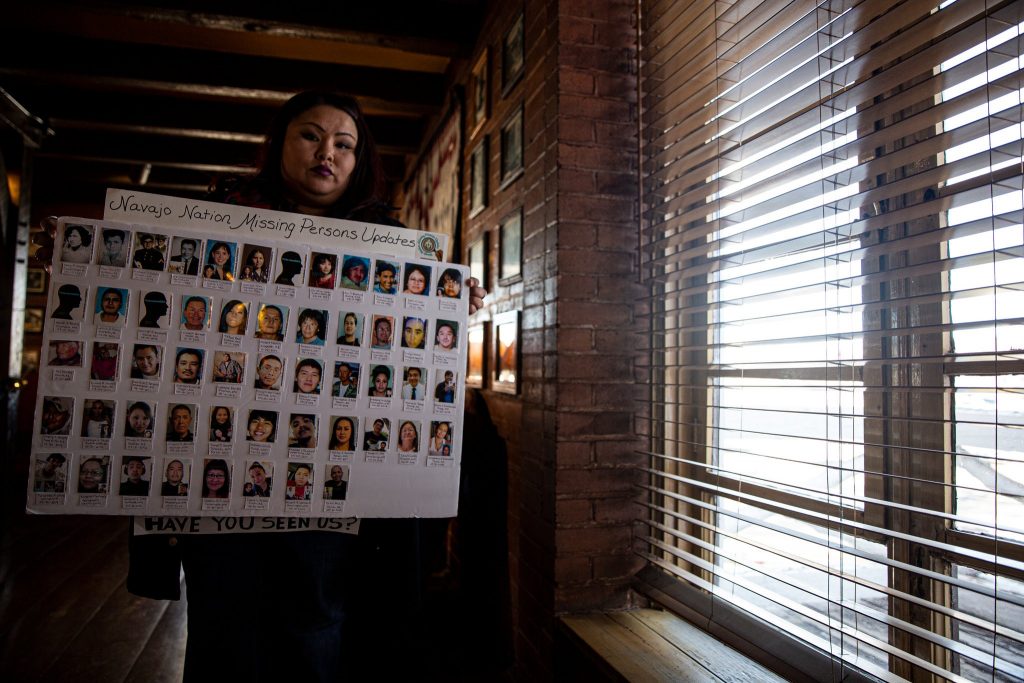
Dani went missing from Gallup in September 2017 after years of drug use and personal and legal problems. Court records show she had lost custody of her two young children and been arrested several times earlier that year on charges that included burglary and fleeing the police in a stolen truck after a police officer reported seeing her and another man — both apparently on drugs — trying to break into a self-storage unit.
Dani’s family, which asked that she not be identified by her full name because of concerns about her privacy and mental condition, called the police and began papering streetlights with “Missing” posters.
Her twin sisters, Ashley and Renee, 20, posted on her Facebook account in the hopes that Dani would log in and notice. The family followed sightings and rumors of her to Las Vegas and Southern California.
The charges against Dani were dropped, and she was released from jail after she was found not competent. It was the only psychological examination she has received, Ms. Jones said.
Dani has told her family little about what happened during the two years she was missing, living mostly on the streets and in homeless camps. “It was hard,” she said one afternoon.
If she spoke in straight lines before, her thoughts now meander. She arranges and rearranges shampoo and soaps on the windowsill of the motel room she shares with her mother and her sister Ashley. She collects scraps of dirty fabric and sometimes forgets she is no longer 26.
“28, honey,” Ms. Jones reminded her one night. “It’s been two years.”
When missing children are located, police officers and child-protection investigators are often tasked with following up. But Dani is a legal adult, though one with no Medicaid coverage or bank account.
Ms. Jones said she and Dani’s sisters have tried to welcome her back with love and comfort. But Dani has resisted when Ms. Jones suggested going to the packed walk-in clinic at the Indian Health Service hospital, and Ms. Jones worries that if she pushes too hard for counseling or drug treatment or the doctor, Dani will slip away.
One chilly afternoon, she did. She had not returned to the motel on Route 66 where the family now lives, and it was getting dark fast.
So Ms. Jones set out to find her daughter again, swinging her gray Chevy by landmarks that might have drawn her. They passed a street preacher sermonizing to a group of homeless people. An ex-boyfriend’s house.
“I didn’t see her,” said Ashley, sitting in the back seat.
“Shoot,” Ms. Jones murmured. “We might get her. We might not.”
Then, they pulled into an alley and there she was, talking to two friends in a car. Ashley approached and told her, gently, “I like your hair.”
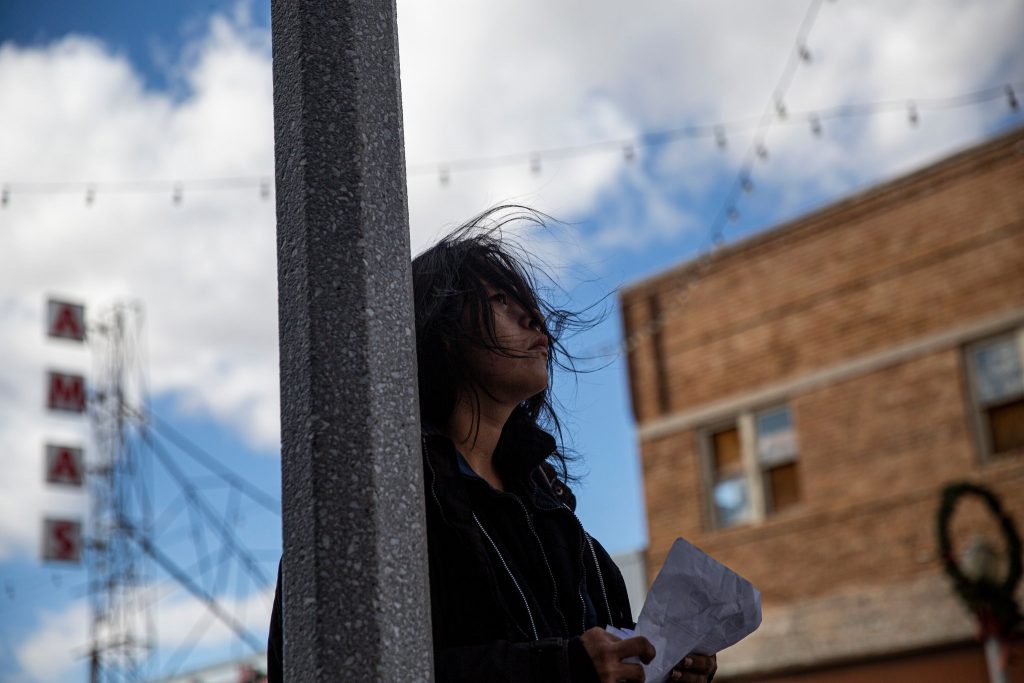
Ashley and her twin, Renee, said they grew up being mothered by Dani and their two other older sisters, carried around on her back at family parties. “I’m the big sister now,” Ashley said. They struggled with not knowing whether Dani was alive or dead, and now, loving her despite not knowing who, exactly, their sister is.
“She’s there, but she’s not the same Dani,” Renee said. “You can kiss her and talk to her, but the Dani who’s here isn’t there as much.”
One night, the four women sat on the double beds in the motel room, looking at old photos of themselves riding horses, at parties and Disneyland, and talking about their hopes of leaving Gallup for a fresh start with relatives in the Eastern United States. Then Dani started pacing the room, twirling a cigarette as she edged toward the door.
Her mother looked up: “Stay close, O.K.?”
John Eligon contributed reporting from Kansas City, Mo.
Article via: https://www.nytimes.com/2019/12/25/us/native-women-girls-missing.html?action=click


